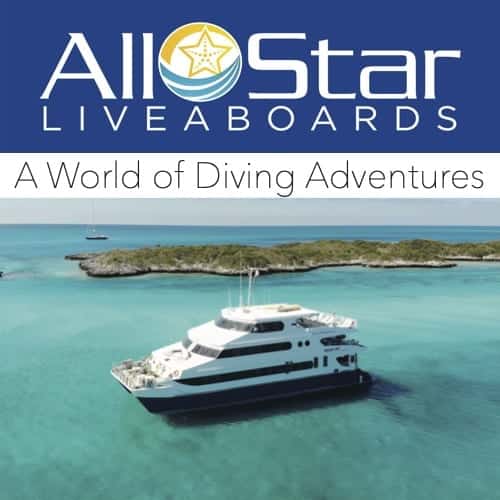More than 1,000 Florida manatees died in 2021, threatening to return the friendly sea cows to the U.S. Fish and Wildlife Service’s endangered species list.
Manatees are a beloved marine animal that people have been enthused with for a long time. They are 1,000 lb sea cows that spend their days grazing on underwater pastures. On a good day, they can eat 10% of their weight in seagrass. They’re slow and sluggish, like a koala bear, even though their closest relative is an elephant.
Manatees migrate as far away as New York and Texas to overwinter in Florida’s freshwater springs, making conservation in Florida paramount to the species’ survival, but the species has faced endangerment throughout the past few decades. Even with their climb out of the “Endangered” status, tours and swimming expeditions with these sea creatures could be on the brink of ending.
“In the end, we will conserve only what we love. We will love only what we understand. We will understand only what we are taught,” conservationist Baba Dioum once mused. Is this sentiment a vital piece in manatee conservation or a slippery slope that will lead to the marginalization of this iconic species?

Early Manatee Protection
The Florida manatee is a subspecies of the West Indian manatee, one of the first creatures listed as endangered when the federal Endangered Species Act was enacted in 1973. In the mid-1970s, only about 1,000 individuals survived in Florida. Over the last 40 years, boat speed regulations, habitat protection, and other measures have helped the population rebound. In early 2017, there were an estimated 6,620 manatees in Florida waters.
On March 30, 2017, the U.S. Fish and Wildlife Service announced a final decision changing the West Indian manatee’s status (including the Florida subspecies) from endangered – the law’s gravest classification – to threatened. In support of the reclassification, Research Ecologist Michael Runge, Ph.D., with the U.S. Geological Survey (USGS) said, “Manatee populations will continue to face threats, but if these threats continue to be managed effectively, manatees will be an integral and iconic part of Florida’s coastal ecosystems through the coming century.”
The supporting USGS study identified two longstanding, serious threats to the Florida Manatee population: fatal collisions with watercraft and the loss of warm-water habitats that provide refuge during the winter. It also contained an ominous warning that mortality due to red tide will become an equally significant threat if these harmful algae blooms become more frequent and intense in the coming decades. Red tides are not only toxic to animals but destroy vital seagrass beds essential to manatee survival.
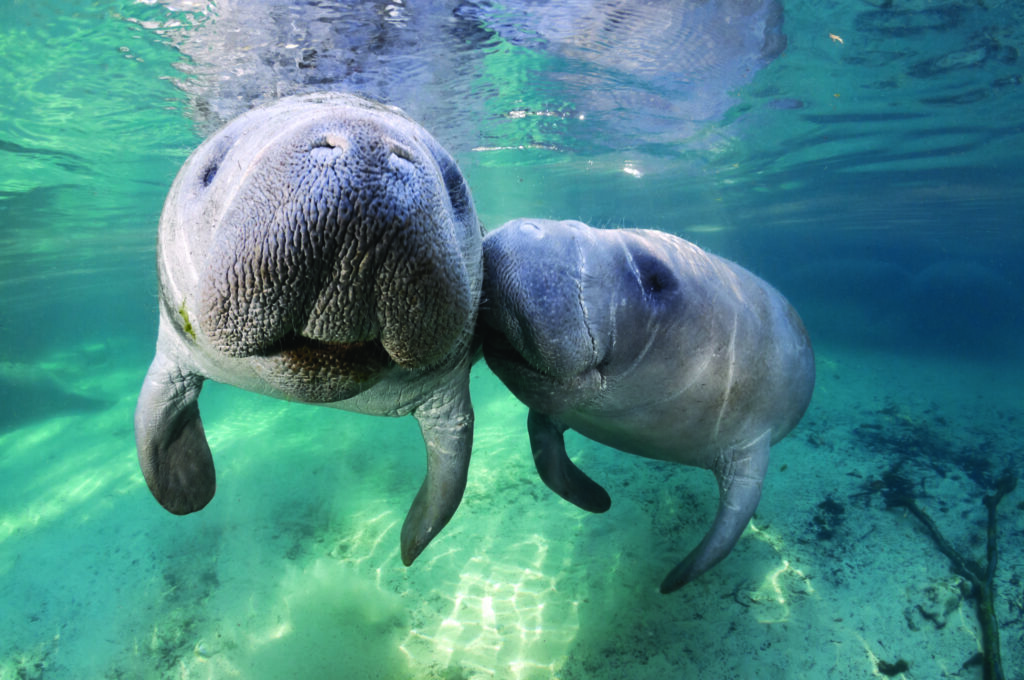
Atlantic Coast Manatee Unusual Mortality Event
An Unusual Mortality Event (UME) was caused by starvation due to a lack of forage in the Indian River Lagoon. It started in December 2020 on the Atlantic coast, and its investigation is ongoing. According to a Frontiers in Marine Science article, between 2011 and 2019, the Indian River Lagoon lost approximately 58% of its seagrasses. The Florida Fish and Wildlife Conservation Commission instigated a temporary feeding program, but a long-term solution to restore and protect the seagrass beds was needed.
A silver lining from the mortality event was a renewed interest in manatee protection. In July of 2021, the Florida legislature provided $8 million for the 2021-2022 fiscal year to help restore manatee access to springs and restore habitat in other areas important to manatees.
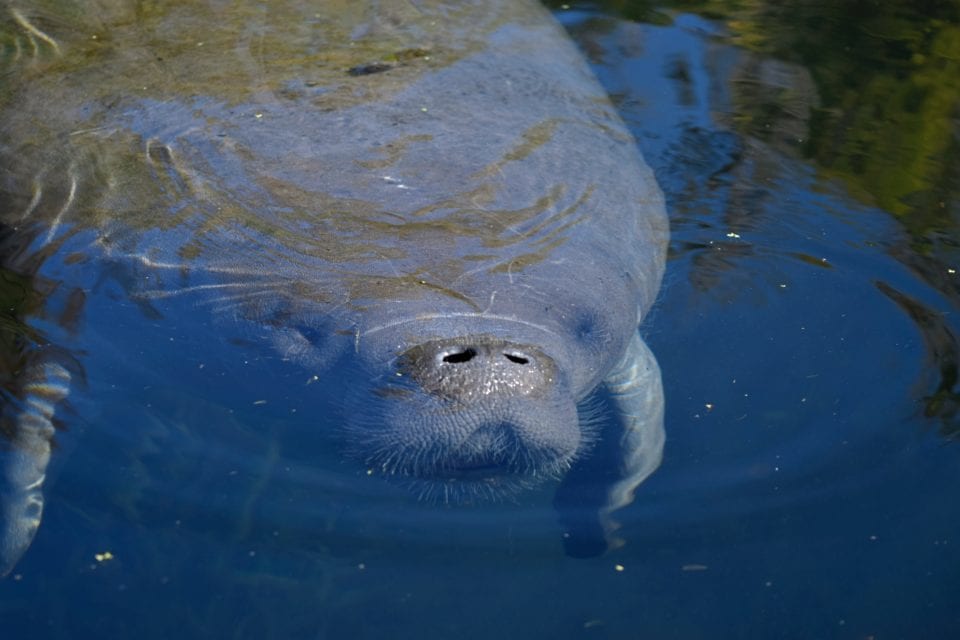
Reclassification of Florida Manatees as an Endangered Species
In October of 2023, the U.S. Fish and Wildlife Service completed a 90-day finding on an Endangered Species Act petition to reclassify the West Indian manatee, including the Antillean and Florida manatee subspecies, as an endangered species.
“The Service has a long history of working to save the manatee from extinction since it was one of the first species listed under the 1967 precursor to the Endangered Species Act,” says Acting Southeast Regional Director Mike Oetker. “We are committed to ensuring we are getting the most updated scientific information during this status review to protect and recover the species.”
The Service will conduct in-depth status reviews and analyses using the best available science and information and issue a 12-month finding to determine if the petitioned actions are warranted.
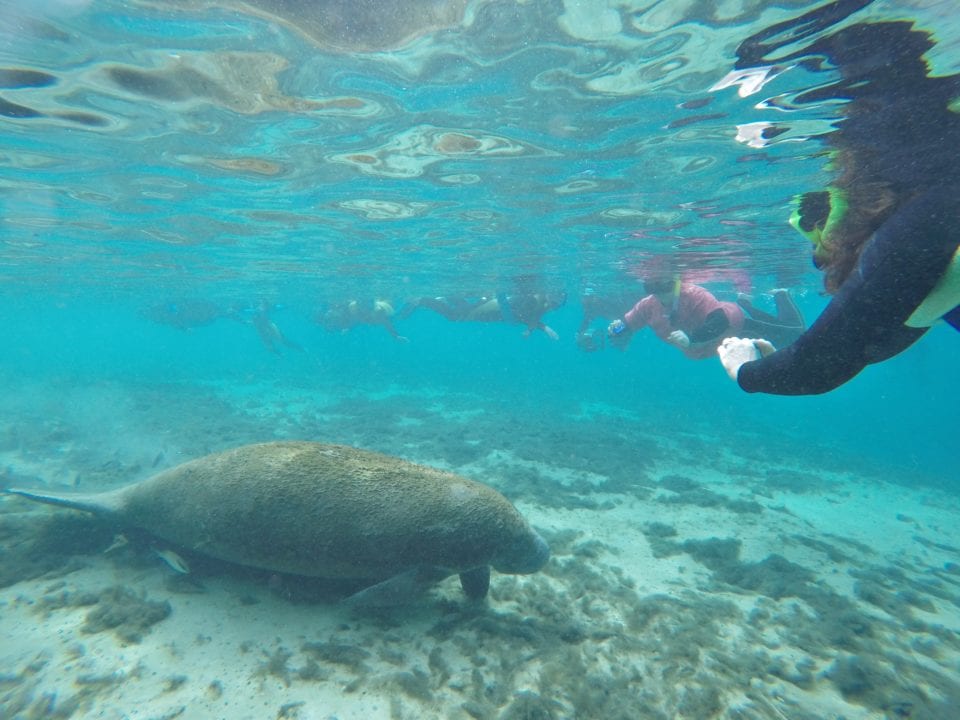
Crystal River Swimming With Manatees
Florida’s Crystal River is widely considered the Manatee Capital of the World. It is the only place in North America where you can legally swim with manatees. Local guides are certified to ensure this beloved threatened species is treated with the utmost respect by using responsible passive observation techniques approved by the U.S. Fish and Wildlife Service. An estimated 300,000 people visit Crystal River every year with an opportunity to see manatees in their natural habitat.
“We protect the things we love,” shares Jeff Sandmann, a Crystal River boat captain. He adds that few animal encounters are as personal as an in-water manatee experience.
He continues, “It is in our best interest to do the right thing. You will get people to self-police if it’s in their best interest.”
He ensures all his clients take a short manatee awareness and protection course before they enter the water and is always looking for rowdy or misbehaving clients. For him, the manatees come first, and he has full authority to keep any customer out of the water for any reason he sees fit.
Local organizations, like Save Crystal River and the Homosassa River Restoration Project, are working hard to preserve and restore manatee habitat. Save Crystal River and Sea & Shoreline, another organization in the area, have restored over 50 acres by removing millions of pounds of Lyngbya (an invasive weed) and other material from the area’s waterways. The Crystal River region now has the largest wintering population of manatees in the state, and the population is the benchmark of health in Florida due to the abundant food sources.
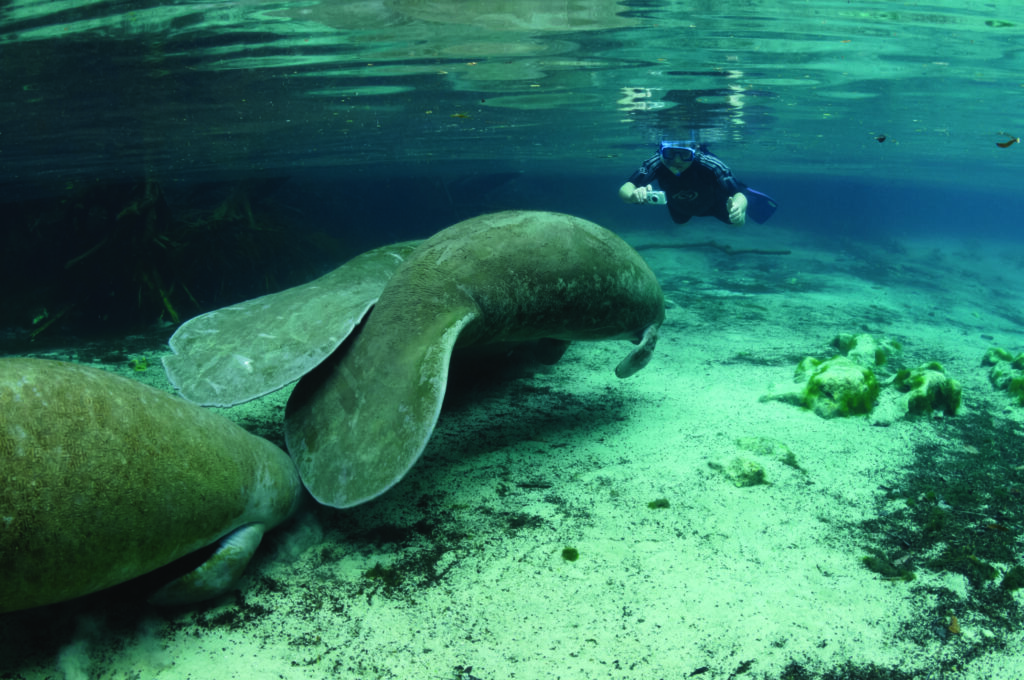
Will Swimming With Manatees Continue in Crystal River?
As with all animals on the endangered species list, protection starts at a federal level. Lourdes Mena, a Manager from the Division of Classification and Recovery of the U.S. Fish and Wildlife Service, said, “There are no discussions to modify current tour permits.”
She refers back to 2017 when manatees were reclassified as threatened. The Service continued to apply prohibitions for endangered species to the manatee rather than developing species-specific rules. Based on this, Mena concludes, “The protections for the West Indian manatee are the same whether the species is listed as threatened or endangered.”
Frank Calascione, interim director for the Visitors & Convention Bureau, is equally optimistic. He explains, “There shouldn’t be any impact at all. Manatees are already protected by a slew of state and federal laws that explicitly spell out what people can or cannot do to manatees. Responsibly swimming in the same habitat as them would not violate these existing protections.”
Swimming with manatees is one of the world’s most transformative adventures that has the power to educate the masses while inspiring love and a commitment to change. It has proven to be an effective conservation tool in the past and has the potential to reach even more people as the manatee population grows and thrives in Crystal River.
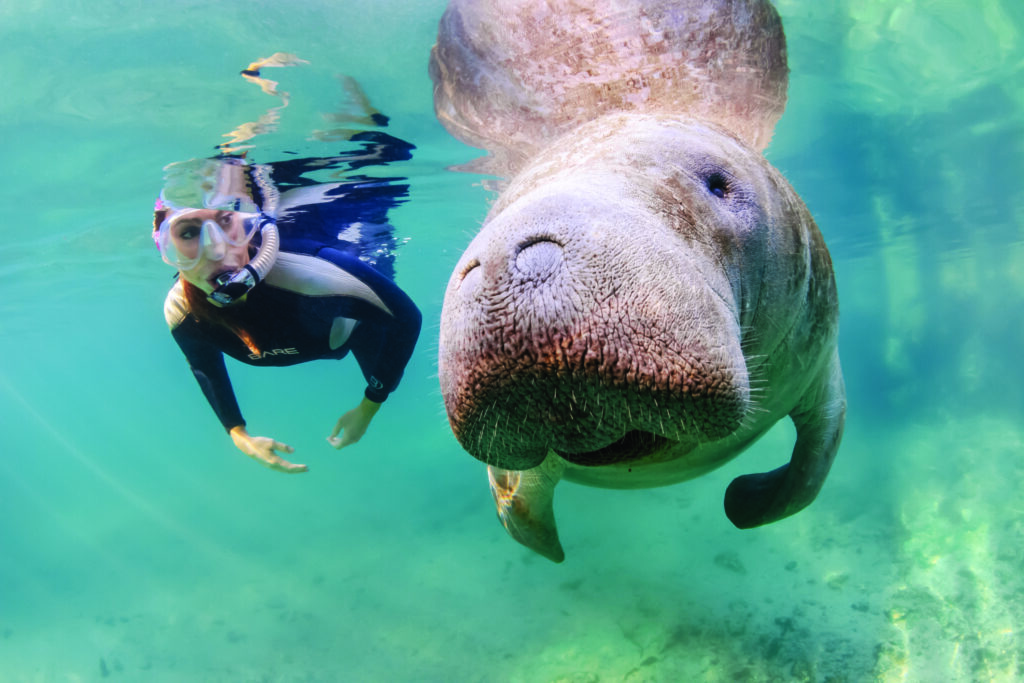


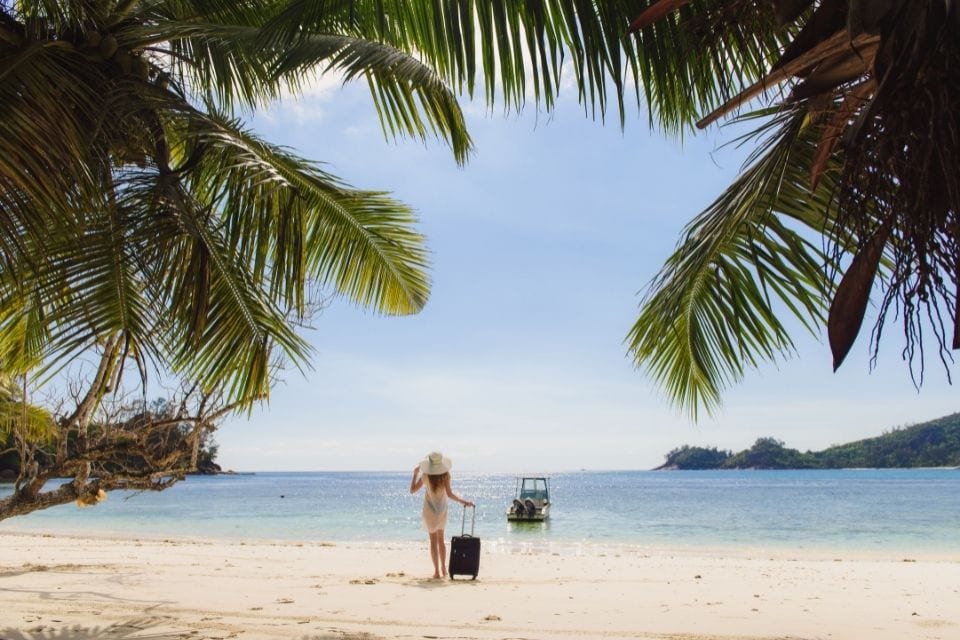
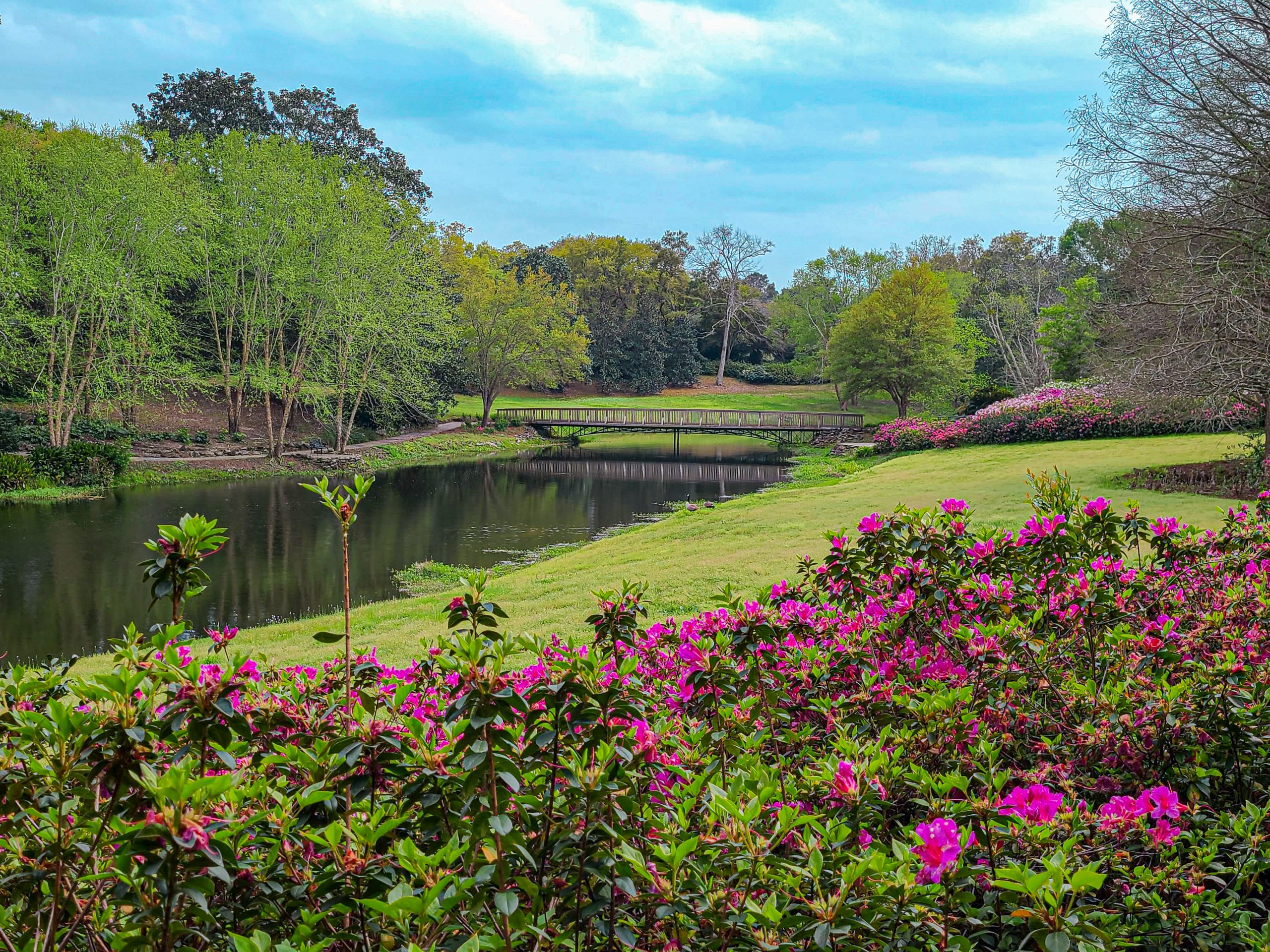
 Hi! We are Jenn and Ed Coleman, and together we are Coleman Concierge. It is our goal to inspire you to get out, expand your world, and to seek adventure, even in your own backyard.
Hi! We are Jenn and Ed Coleman, and together we are Coleman Concierge. It is our goal to inspire you to get out, expand your world, and to seek adventure, even in your own backyard.






